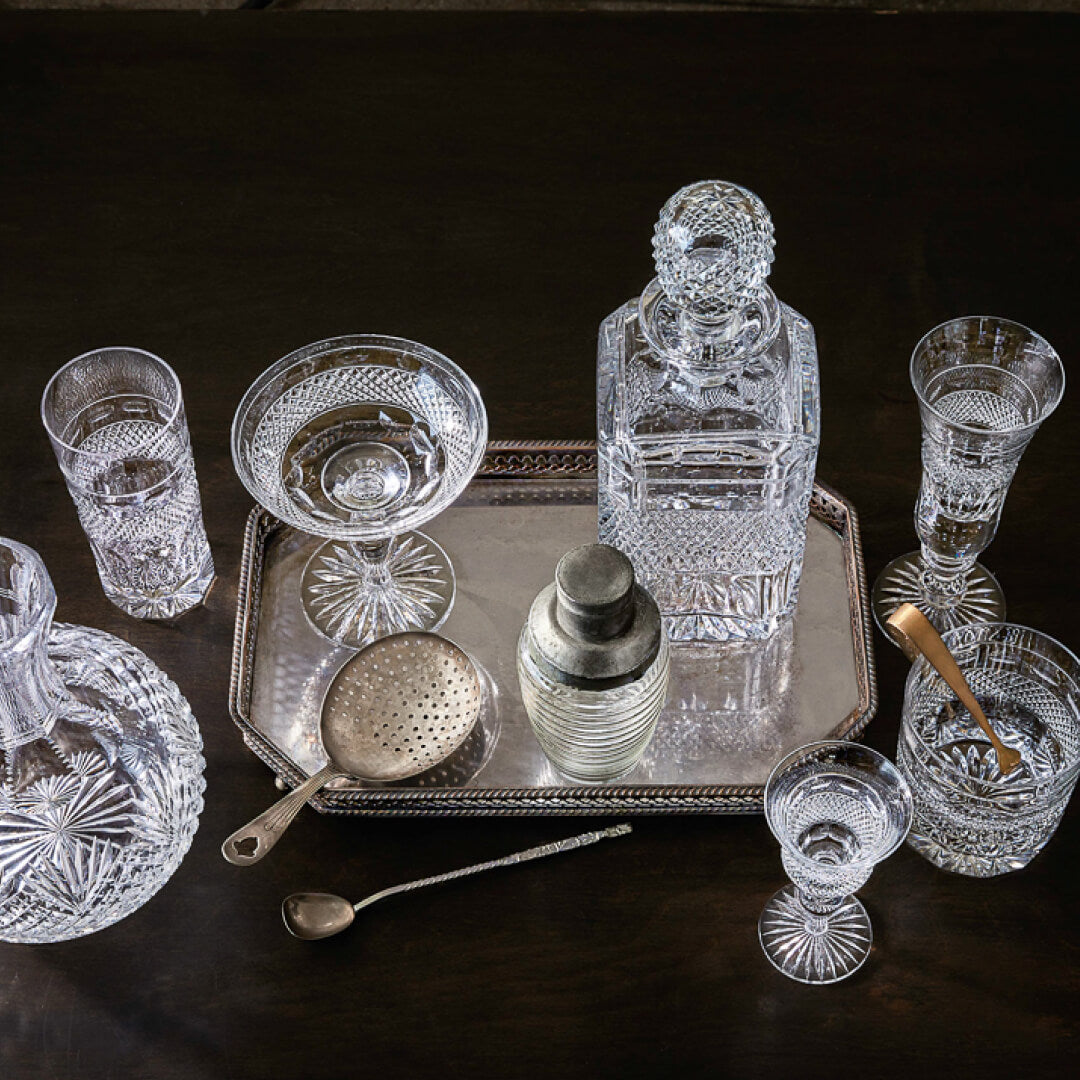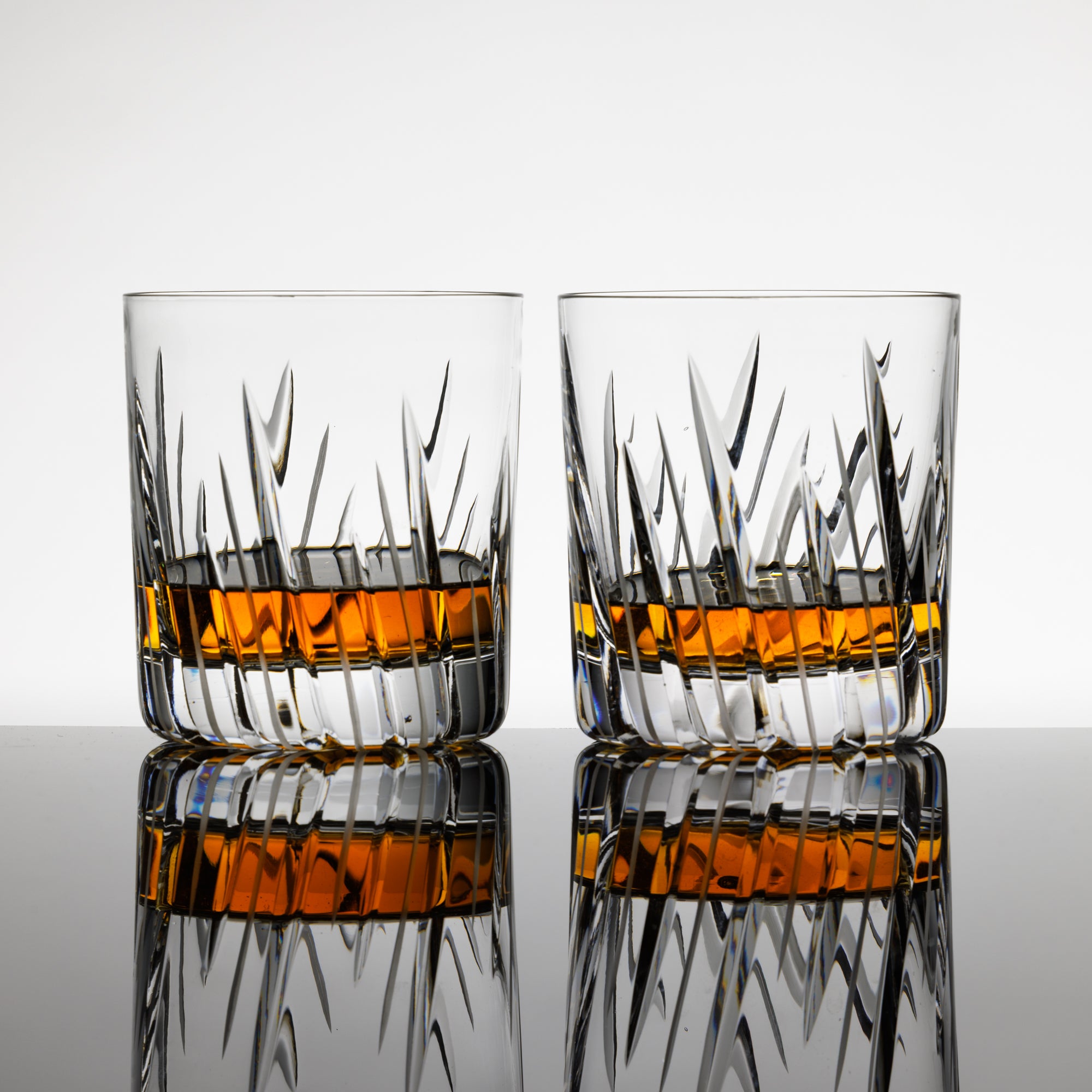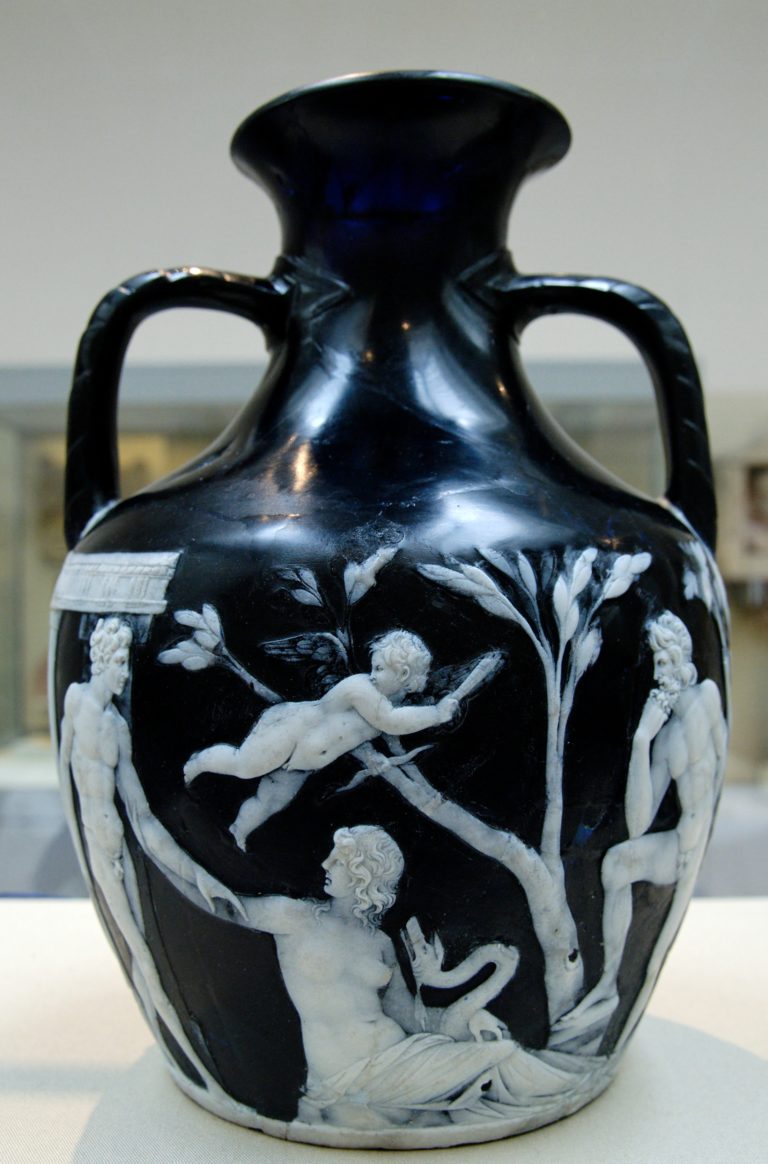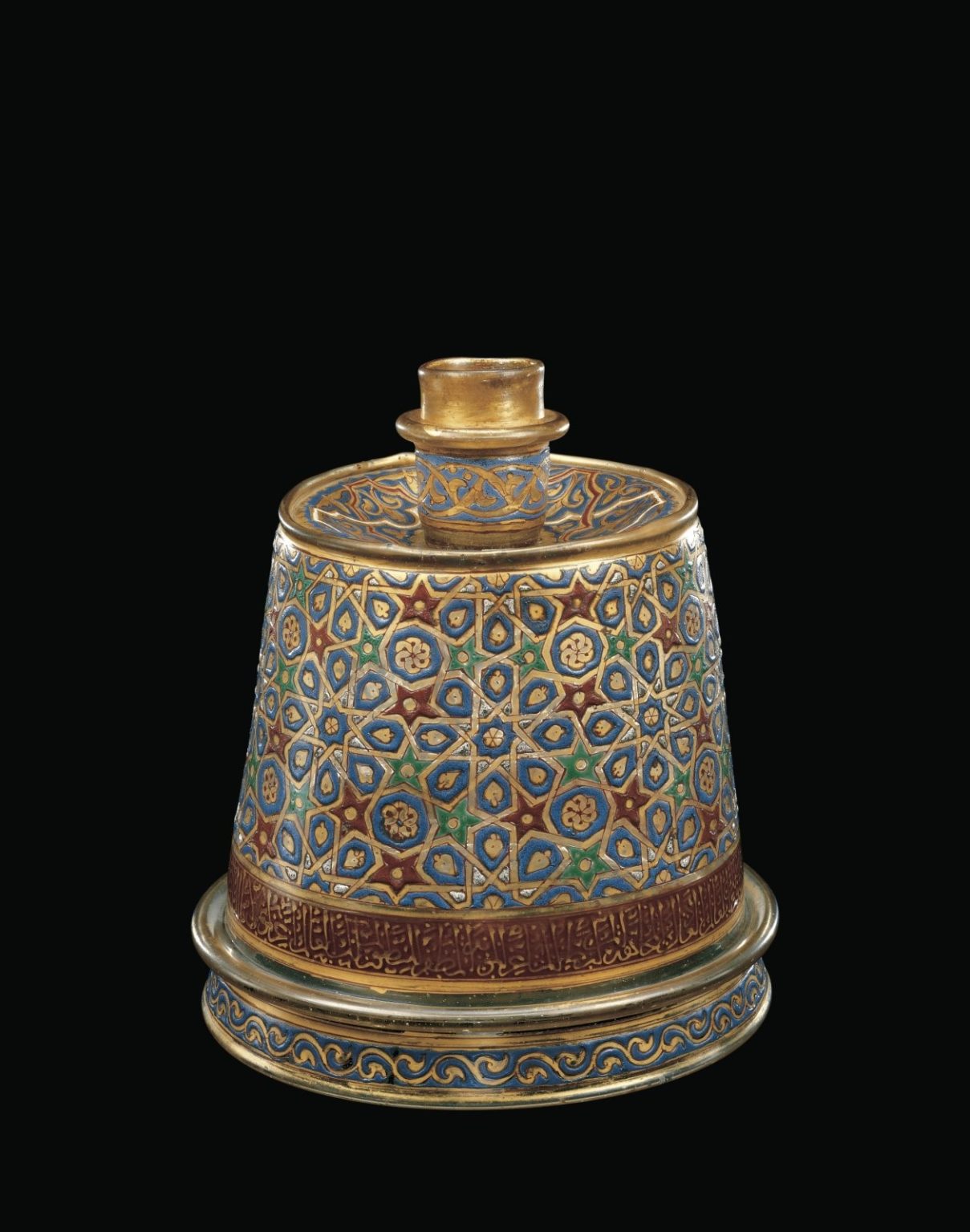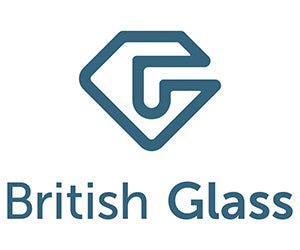
Cumbria Crystal's The History of Glass | Medieval Glass
Medieval glass | Volume 4
By Dr Jessamy Kelly, glass artist and educator
This month we are looking at Medieval Glass from the middle-ages, which has a wide spanning history from the fall of the Roman Empire (5th century A.D.), when many glass-making techniques were forgotten or lost, until the rise of the Byzantine Empire. Over time many forgotten glass techniques were rediscovered and glass-making began to flourish once again, alongside luxurious glass imported from the Middle East, with a number of outstanding historical examples worthy of discussion.

Medieval Glass usually evokes a strong image of stained-glass windows, which were the foremost pictorial art form of the time. These illuminated biblical narratives would have been hugely influential to the beholder and been central to religious life. In the 5th & 6th centuries window glass, in the form of small clear roundels, were introduced to Britain by the Romans. However, this went out of use when the Roman legions left.
In the 7th century, early pioneers in the North-East of England introduced some of the first stained-glass windows to Anglo-Saxon England – including York Minister; St Peters Church in Sunderland and the Monkwearmouth Jarrow monastery, home to the venerable Bede, an enlightened scholar of the time.
A significant example is a reconstructed stained-glass panel made from excavated glass from St Paul’s Church, Jarrow (see figure 1). The cultural significance of this piece is the likely connection with the scholar Bede, a monk at the monastery in Jarrow in the early 6th century who wrote about the Abbott Biscop who travelled to France to find specialist glaziers to fit stained glass windows into the St Peter’s Church in Monkwearmouth Sunderland.


Medieval glass
English glassmaking is rumoured to have developed near Sunderland as the high-quality sand needed to make glass, could replace the traditional ballast used in French trading ships, creating a commercial advantage for the shippers & eventually an established trading route.
These sites are now recognised as World Heritage Sites by UNESCO. The stained glass within them would have been likely inspired by windows seen on pilgramages to France, Germany & Italy. Jarrow Hall in the North-East of England has the largest European Collection of 7th & 8th century coloured window glass from excavated finds at the site.
Moving away from architectural glass, German Wald Glass or Forest Glass stems from the late medieval period (1000-1200 AD) and has a distinctive green colour due to iron impurities present in the sand used to make it. A key ingredient in the production of this glass was potash, which came from the ashes of trees or ferns from the forest, hence the name. It was an early example of craftsman using local materials that were to hand. Decorated beakers and bottles (see figures 2 & 3) became very popular during this time. Practical in form they often had decorative trails and prunts applied by the glassblower. It is thought these motifs were added to stop the glass slipping through the hand, possibly when eating greasy foods.

Our final example is the Hedwig Beakers, ornate drinking glasses from the 12th century. They are elaborately decorated with Christian iconography including lions, griffins and eagles however, their origin is from the Middle East. Historians suggest that they were possibly crafted by Muslim craftsmen during the crusades and were likely made for export to Europe, or for Christian clients. The glasses take their name from a Silesian princess, Saint Hedwig. Their origins are widely disputed and could be from Egypt, Iran or Syria. In total, 14 glasses of this type have been found, all have similar decorations and shape, made from a smoky grey glass with a greenish or yellowish tinge. Made to imitate rock crystal – an extremely luxurious material in the middle-ages; it is thought that they may have been part of a chalice (see figure 4).
Next month we will discuss the epoch of Byzantine Glass from the middle east spanning the 10th to 15th centuries, which were in demand as high-end, luxury objects around the world.
By Dr Jessamy Kelly
Jessamy Kelly is a glass artist and educator based in Edinburgh, she has worked as a freelance glass designer for Cumbria Crystal since 2016.
Do you have any questions or feedback? We would very much like you to share by emailing verity@cumbriacrystal.com

